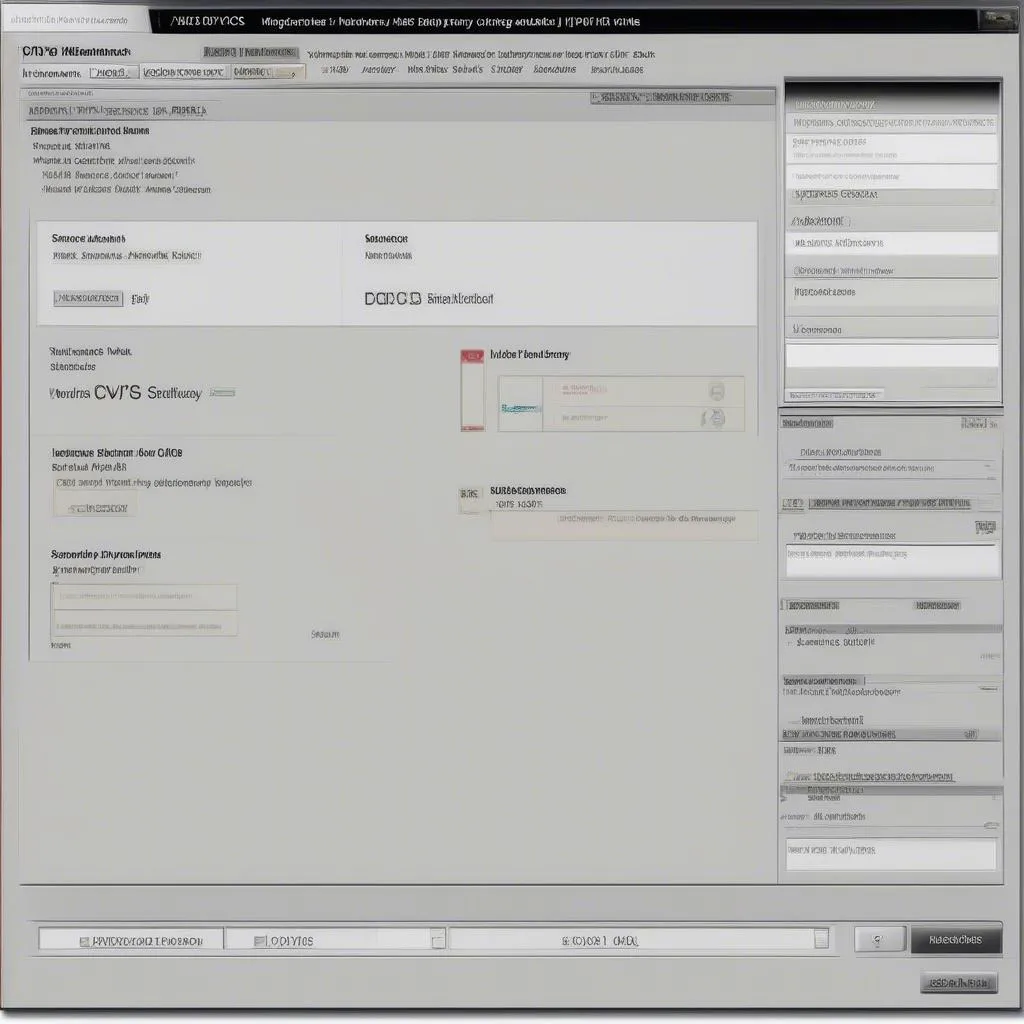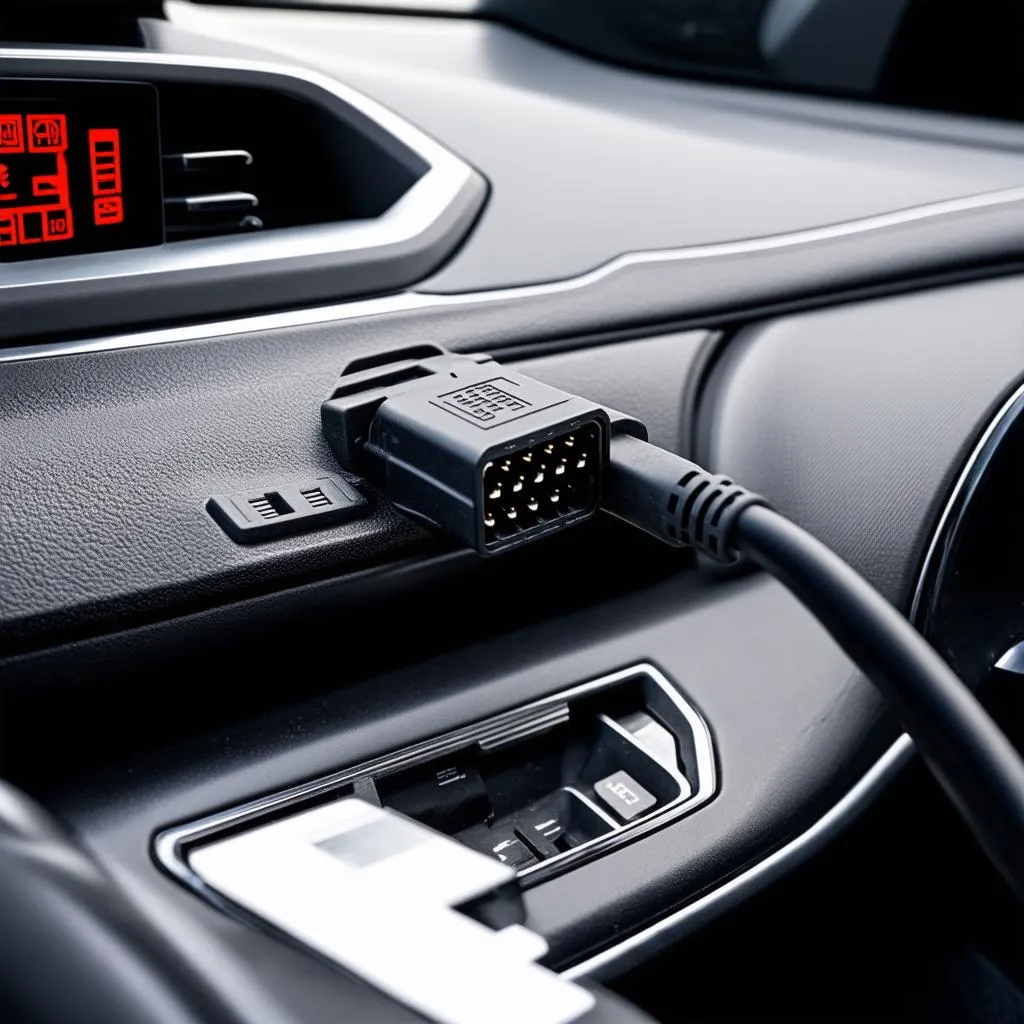Replacing your Audi’s battery isn’t as simple as just swapping out the old one for a new one. Modern Audi vehicles come equipped with sophisticated Battery Management Systems (BMS) that require coding with a diagnostic tool, like VCDS (Vag-Com), after a battery change. This article delves into the intricacies of Audi battery coding with VCDS, providing you with the knowledge to perform this procedure effectively.
What is Audi Battery Coding and Why is it Necessary?
Audi battery coding is the process of informing the car’s BMS about the specifications of the new battery. This information is crucial for the BMS to:
- Optimize charging: The BMS needs to know the battery’s capacity, age, and internal resistance to determine the optimal charging voltage and current.
- Monitor battery health: Accurate coding allows the BMS to track the battery’s state of health and predict its remaining lifespan.
- Ensure proper energy management: The BMS relies on coding to manage the distribution of power between the battery and various electrical systems, ensuring optimal performance and fuel efficiency.
Failure to perform battery coding can lead to issues such as undercharging, overcharging, premature battery failure, and even electrical malfunctions.
“A properly coded battery is essential for the longevity and performance of your Audi’s electrical system,” says John Miller, a seasoned automotive electrical engineer with over 20 years of experience. “Skipping this step can lead to a cascade of problems down the line.”
 Audi dashboard with battery warning light illuminated
Audi dashboard with battery warning light illuminated
How to Perform Audi Battery Coding with VCDS
Before you begin, ensure you have the following:
- A VCDS interface cable and compatible software.
- The new battery’s specifications, including:
- Part number
- Capacity (Ah)
- Ampere-hour rating (Ah)
- Voltage (V)
- Terminal configuration
Steps:
- Connect VCDS to your Audi and establish communication.
- Select the appropriate control module for your vehicle (usually labeled as “19-CAN Gateway” or similar).
- Navigate to the “Adaptation” function.
- Locate the channel related to battery coding. This channel number may vary between models. You can consult your vehicle’s service manual or online forums for the specific channel.
- Enter the new battery’s specifications into the relevant fields.
- Save the coding and exit VCDS.
- Clear any fault codes related to the battery that might be stored in the system.
 Screenshot of VCDS software displaying battery coding options.
Screenshot of VCDS software displaying battery coding options.
Important Notes:
- Always double-check the entered battery specifications before saving the coding. Incorrect values can lead to BMS malfunctions.
- If you’re unsure about any step of the process, it’s best to consult a qualified Audi technician.
FAQs about Audi Battery Coding VCDS
Q: Can I use a generic OBD-II scanner for Audi battery coding?
A: No, generic OBD-II scanners lack the functionality to access and modify the advanced settings within the Audi BMS. VCDS or a similar professional-grade diagnostic tool is required.
Q: What happens if I don’t code the new battery?
A: As mentioned earlier, failure to code the new battery can result in various issues like improper charging, reduced battery lifespan, and potential electrical problems.
Q: Do I need to code the battery if I’m only replacing it with an identical model?
A: While it might seem unnecessary, it’s still recommended to perform battery coding even when replacing it with an identical unit. This ensures the BMS recognizes the new battery and resets any previous data associated with the old one.
Looking for Reliable Automotive Diagnostic Tools?
CARDIAGTECH offers a comprehensive range of high-quality automotive diagnostic tools, including VCDS interfaces and software. Visit our website to explore our product line and enhance your automotive diagnostic capabilities.
Conclusion
Audi battery coding with VCDS is a crucial step when replacing your vehicle’s battery. It ensures optimal performance, longevity, and safety of your Audi’s electrical system. While the process might appear daunting, following the steps outlined in this guide can help you perform the coding successfully. If you have any doubts, don’t hesitate to seek assistance from a qualified Audi technician.

